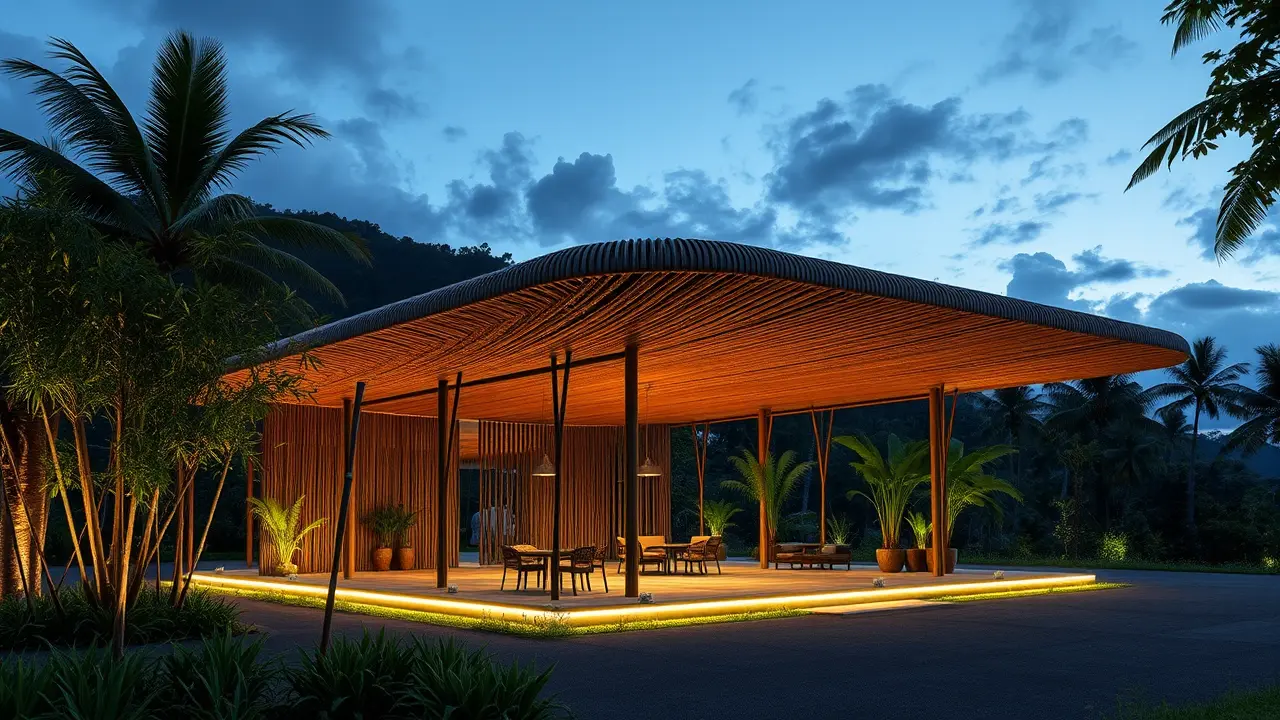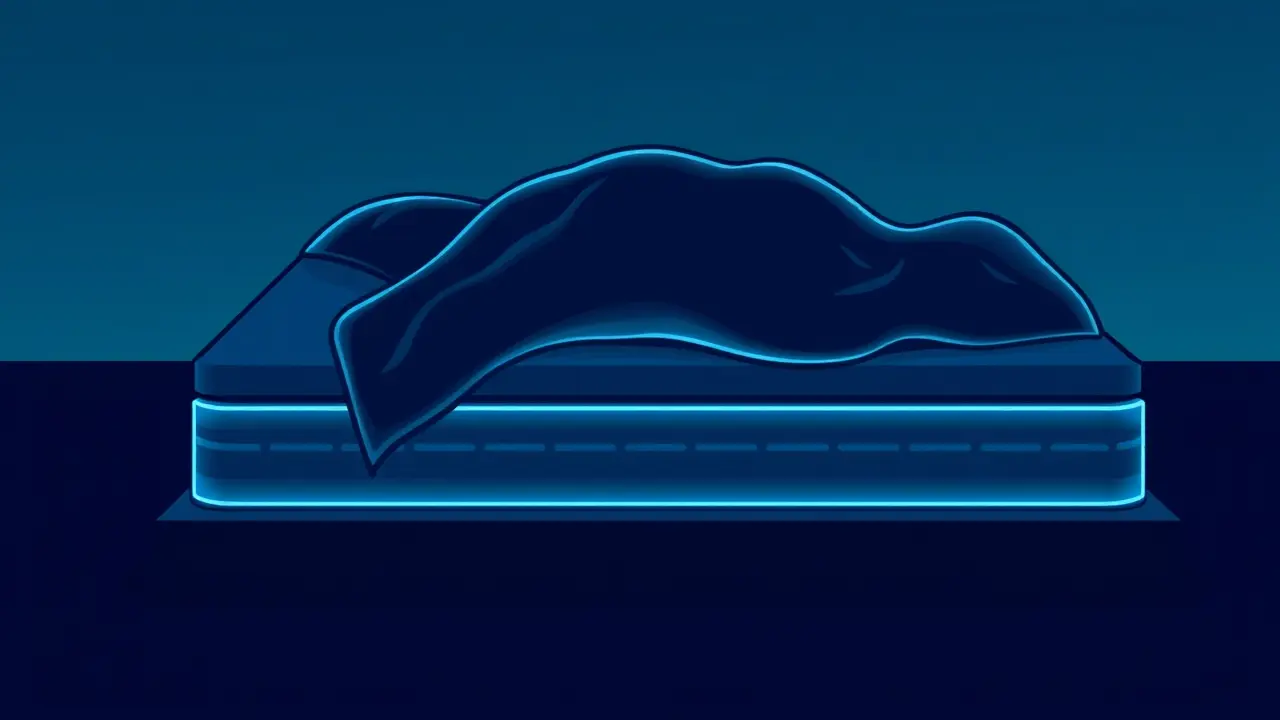
Scienceclimate scienceSustainable Development
Cave Urban's Carbon-Negative Bamboo Pavilion Revives Bali Car Park
RA
Rachel Adams
11 hours ago7 min read5 comments
In a world grappling with the escalating climate crisis, a quiet revolution is taking root in the lush landscapes of Bali, where the architectural collective Cave Urban has transformed a disused car park into a stunning testament to ecological hope: the carbon-negative baleBio bamboo pavilion. This is not merely a building; it is a living, breathing organism that actively sequesters carbon, standing in stark, defiant contrast to the concrete-and-steel skeletons of conventional construction that are responsible for nearly 40% of global carbon emissions.The pavilion’s very structure, woven from locally sourced bamboo, functions as a carbon sink, its rapid growth cycle absorbing atmospheric CO2 at a rate that far outstrips the minimal operational emissions of its creation, thereby embodying a radical new paradigm where architecture gives back to the planet more than it takes. This initiative, developed in collaboration with Bauhaus Earth, represents a critical pivot towards a regenerative built environment, challenging the entrenched norms of an industry historically addicted to fossil fuels and extractive practices.Imagine the symbolic power: a space once dedicated to the private automobile, a primary contributor to urban smog and greenhouse gases, now reborn as a communal hub that literally cleans the air, housing collective needs under a canopy that whispers of a more symbiotic future. The choice of bamboo is both practical and profound; a grass that can grow up to a meter per day, it possesses a tensile strength rivaling steel and a versatility that allows for breathtaking, organic forms, yet its cultivation supports local economies and enhances soil health, creating a virtuous cycle of environmental and social benefit.This project in Bali serves as a crucial prototype, a tangible proof-of-concept for a global architectural movement that must urgently scale if we are to meet the targets of the Paris Agreement, demonstrating that the tools for a carbon-negative future are not futuristic fantasies but are, quite literally, growing all around us. The pavilion’s existence asks a pressing question of policymakers, urban planners, and citizens alike: if a simple car park in Bali can be reimagined as a beacon of sustainability, what prevents our city centers, our sprawling suburbs, from undergoing a similar metamorphosis? The answer often lies not in a lack of technology, but in a deficit of political will and a cultural inertia that favors the familiar, polluting path over the innovative and restorative. As Rachel Carson implored us to consider the silent spring brought by pesticides, we must now listen to the silent alarm of our warming planet and embrace built solutions like baleBio that offer not just mitigation, but active healing, weaving the wisdom of natural systems into the very fabric of our daily lives and creating a legacy of resilience for generations to come.
#featured
#bamboo architecture
#carbon-negative building
#sustainable design
#urban regeneration
#Bali
#Cave Urban
Stay Informed. Act Smarter.
Get weekly highlights, major headlines, and expert insights — then put your knowledge to work in our live prediction markets.
Related News
© 2025 Outpoll Service LTD. All rights reserved.












